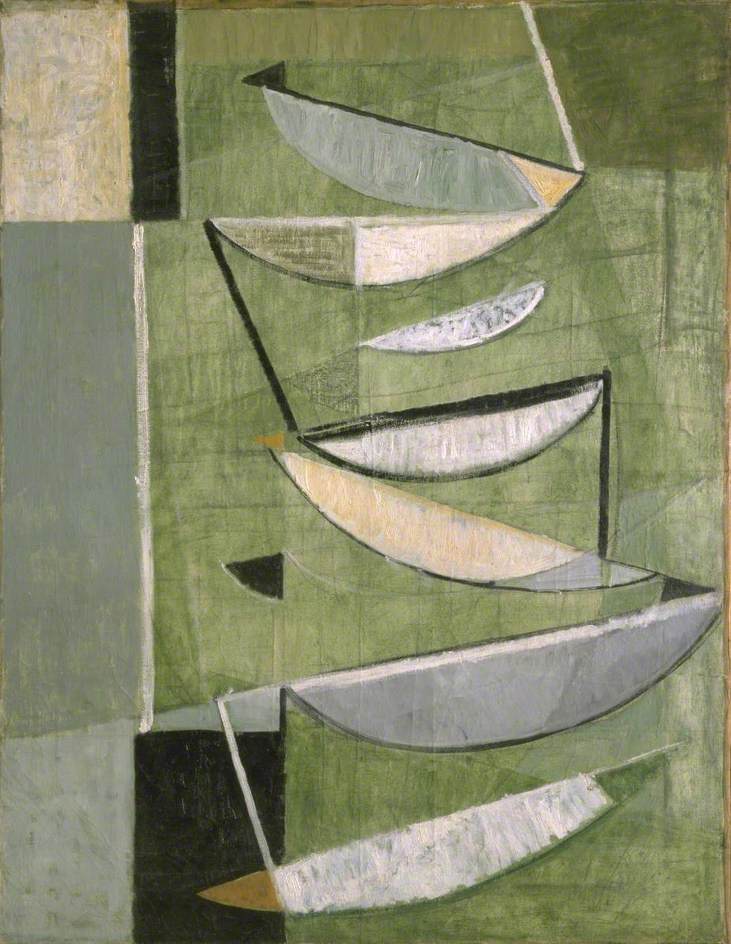Materials:
Oil, Canvas, Pencil, Charcoal
Dimensions:
109.2 x 85 (support) cm
Accession Number:
T01501
Credit:
Presented by the Contemporary Art Society, 1971
Ownership history:
Acquired by Ben Nicholson (1894-1982) by exchange with the artist [possibly for 1929 (composition) - a 'diamond' picture now at Dudmaston, National Trust, purchased from The Redfern Gallery by Sir George Labouchdere in 1957] in 1951; returned to Terry Frost (1915-2003) in 1951; from whom purchased through the Leicester Galleries, London by Howard Bliss (1894-1977), by February 1952; Waddington Galleries, London, by 1964; from whom purchased by Alistair McAlpine (1942-2014); gifted by Alistair McAlpine to the Contemporary Art Society, 1971; presented to the Tate Gallery, 1971


